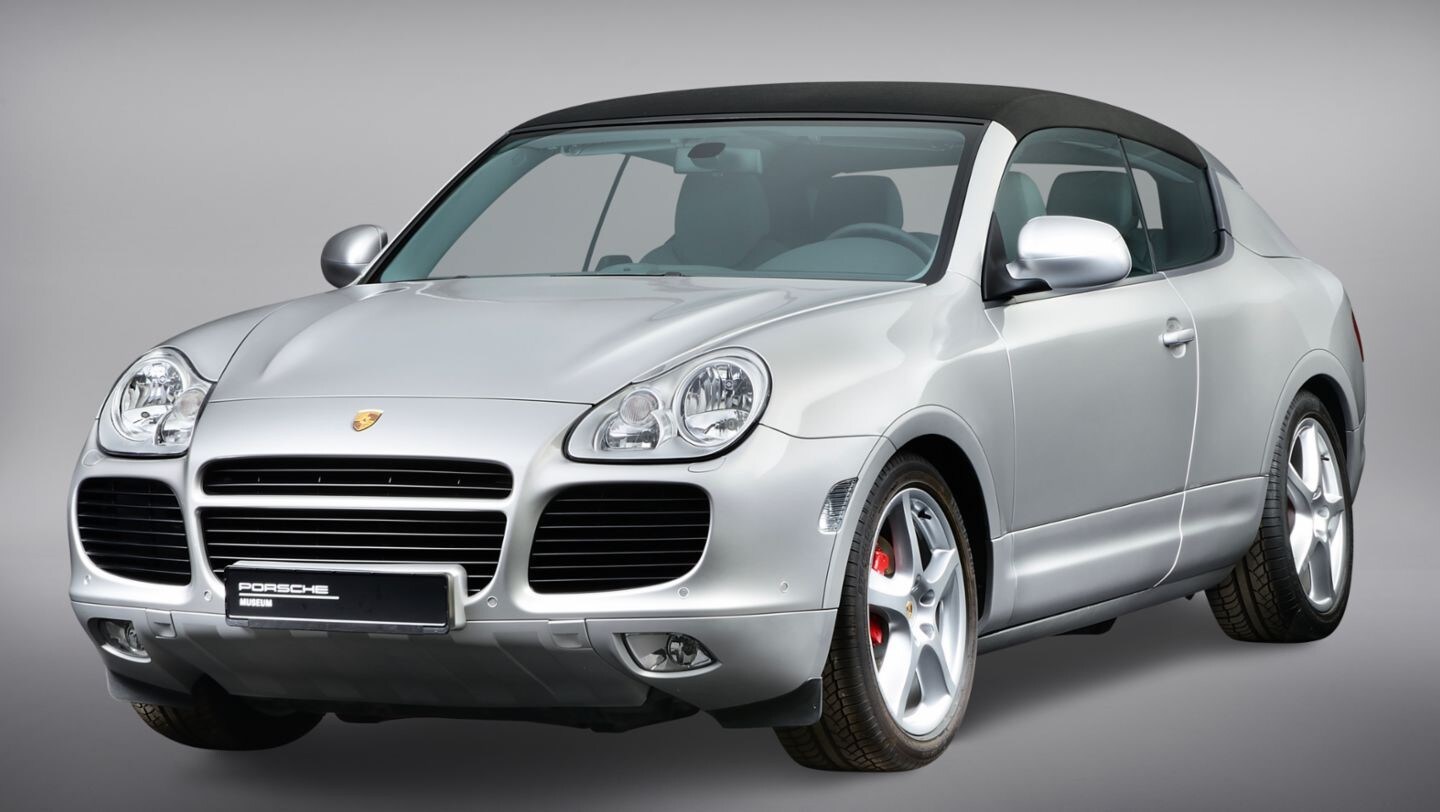
Porsche's iconic styling is the envy of every car enthusiast. Even when flying down the street, its attractive lines and distinctive shape are sure to turn heads. What many do not know, however, is the extent to which Porsche experimented with their styling in the early 2000s. When the Porsche Cayenne came out, it was a tour de force for the German manufacturer. The combination of Porsche's track heritage and the gutsy and powerful SUV was a compelling combination for many drivers, who saw it as a strong entry by Porsche into a field that was highly different from their previous, track-focused cars.
However, several prototype body variations were tested, some of which never made it to market. These included a model that was 20 cm longer, a two door variation, a three row model, and strangest of all, a convertible. The production of a convertible Cayenne was highly difficult. Because Porsche simply removed the roof without adding any of the stabilization normally found in convertibles, the car was highly unstable. Additionally, Porsche ran into issues with the folding soft-top. Because they looked to make the design of the folding roof elegant and natural, they decided that the roof would travel over the fixed roll-bar and fold in the rear in a z-pattern. How to implement this in real life, though, was more difficult. In the prototypes, the roof couldn't fold properly, so the folding roof never got past computer simulations.
The Cayenne never shipped with a folding top, and the only museum prototype today must be manually fitted. Some of the other prototypes, however, did get a chance to shine in the future. For example, the coupe version of the Cayenne came back in 2019. Even though Porsche didn't get a chance to let some of their more experimental designs shine, it is a testament to Porsche's creativity and forward-thinking nature that their engineers continue to try to improve such iconic designs.